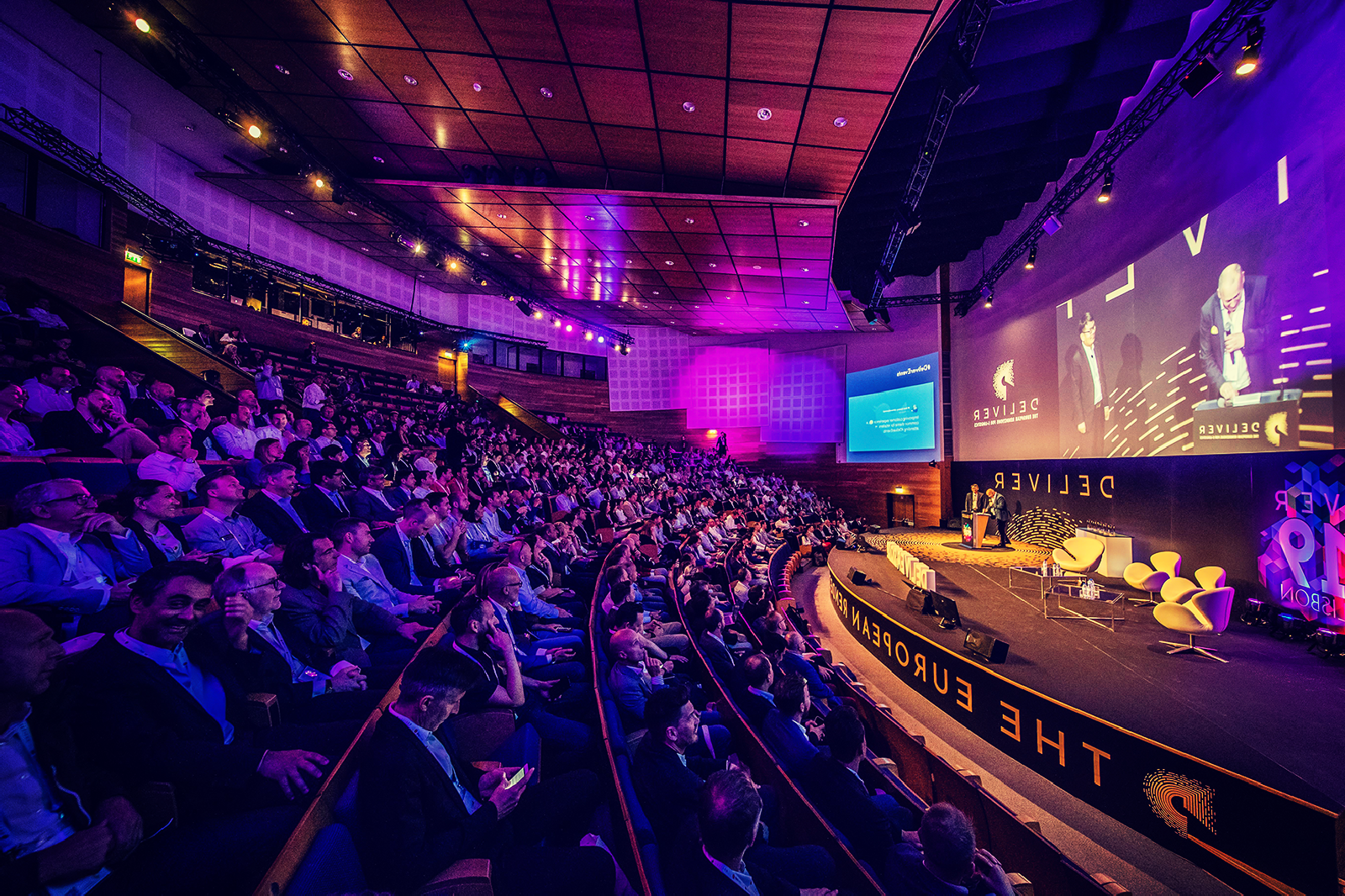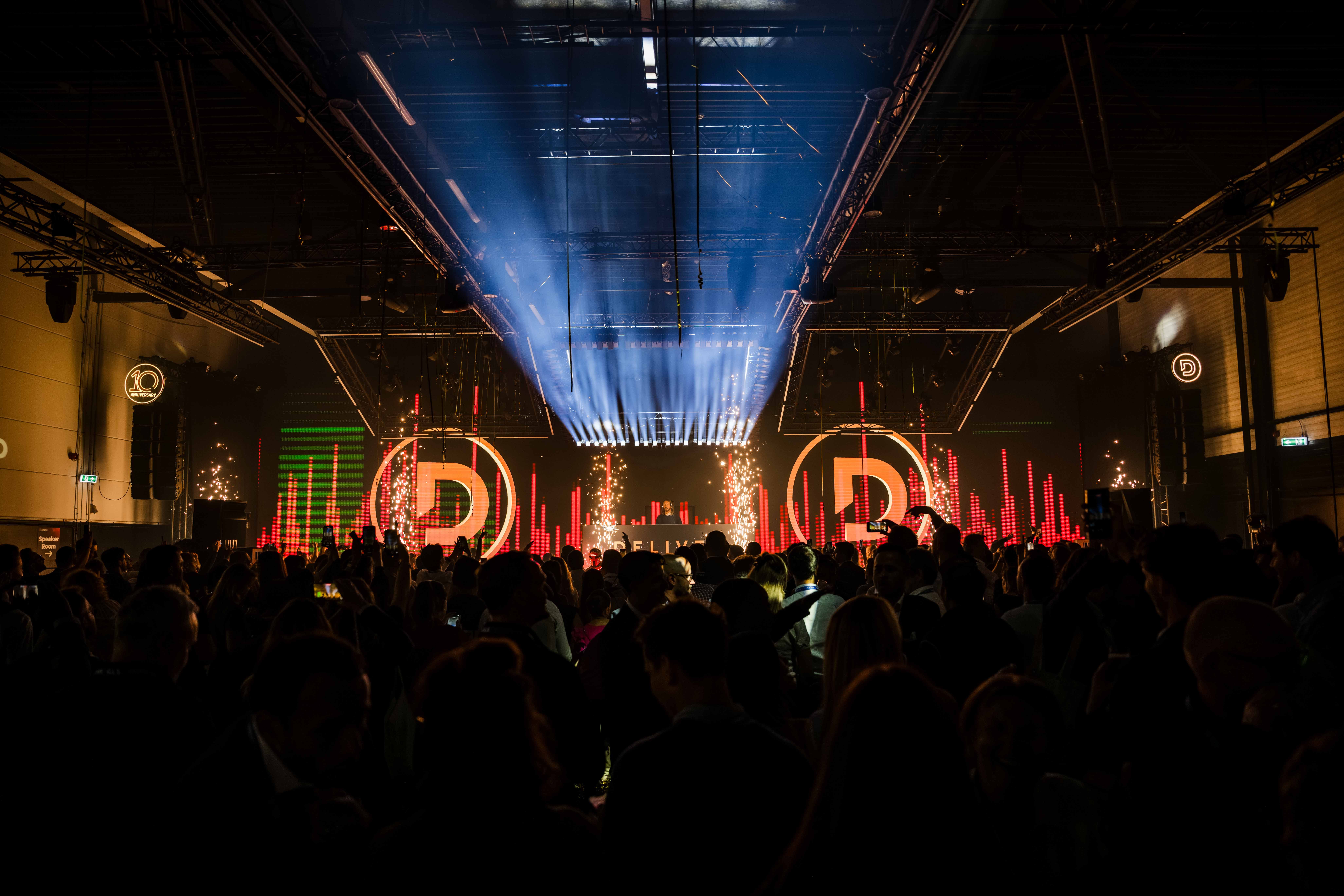How Trade Volatility and Tariffs Are Transforming Supply Chains Across Europe
Introduction: A New Era of Supply Chain Pressure
At DELIVER Europe 2025, two leading voices in logistics — Rolf Bos of PwC and Anton Steinberger of MediaMarktSaturn — tackled one of the most pressing challenges facing global trade today: tariff volatility and its ripple effects on European supply chains. With increasing geopolitical uncertainty, reactive trade policies, and growing consumer expectations, the rules of global movement have changed — and supply chains must evolve.
Tariffs: Not Just a U.S. Issue
While many European businesses may not trade directly with the United States, shifting U.S. trade policies have far-reaching impacts. As Rolf Bos pointed out, over 90% of U.S. supply chain leaders are rethinking their entire strategies due to trade instability. This uncertainty doesn’t stop at national borders — it affects every tier of the supply chain, especially through supplier relationships.
Anton Steinberger reinforced this with a real-world perspective: though MediaMarkt doesn’t operate in the U.S., its suppliers do — and tariff changes hit them, which in turn hits MediaMarkt. The real enemy here isn’t just cost — it’s unpredictability.
The Impact of Trade Disruption on European Supply Chains
The volatility isn’t confined to tariffs. PwC’s Supply Chain Monitor shows constant disruption in core indicators like freight volumes, port congestion, and container pricing. Add to that global incidents like:
-
The Ever Given blocking the Suez Canal
-
COVID-19 shutdowns
-
Conflict in the Red Sea
-
Labour shortages
-
Unpredictable consumer demand
The result? A supply environment that’s more unstable than ever.
Case Study: MediaMarkt’s Structural Transformation
MediaMarkt offers a compelling example of supply chain evolution. With 98% brand awareness in Germany and operations across 11 countries, they had built an empire of 450+ decentralised outlets. But with the rise of e-commerce, that structure became inefficient.
To compete, the company restructured into regional hubs. This allowed them to maintain local service — a key part of the MediaMarkt brand — while streamlining operations, reducing duplication, and unlocking cost efficiency.
This is a masterclass in balancing customer proximity with cost control — a lesson applicable to any retailer facing rapid digital disruption.
From Crisis Management to Long-Term Strategy
Bos offered a simple framework for supply chain leaders:
-
Immediate Response:
Deal with crises as they arise — reroute shipments, secure alternate suppliers, and buffer capacity. -
Strategic Overhaul:
Reevaluate your supply chain fundamentals — from supplier locations and warehouse strategy to the use of digital tools and automation.
The long-term goal is a supply chain that’s not just reactive, but resilient and intelligent.
Robust vs Resilient: The New Trade-Off
A recurring theme in the session was the evolving tension between robustness and resilience. It’s no longer enough to be strong — supply chains must be agile.
-
Robustness means enduring shocks
-
Resilience means adapting quickly
And as Steinberger shared, this isn’t just theory. For MediaMarkt, the shift from decentralised to hybrid regional supply was a strategic response to market disruption.
The Critical Role of Technology
Technology is more than a buzzword — it’s a practical enabler. From AI-driven demand forecasting to scenario simulation and crisis prediction, digital tools allow businesses to anticipate and plan.
MediaMarkt’s philosophy is simple: if we sell tech, we must live tech. Excellence starts within the operation — not just at the checkout.
Conclusion: Preparing for Perpetual Disruption
Tariffs are just one example of how geopolitical shifts can send shockwaves through logistics and retail. But as Bos and Steinberger argue, disruption is now a constant.
The winning strategy?
-
Think in layers
-
Build technological depth
-
Rethink your physical and digital infrastructure
-
Stay close to your customer — but not at the cost of adaptability
DELIVER Europe 2025 made it clear: the smartest supply chains are no longer just efficient. They’re strategic, agile, and ready for anything.



